Cartoon villains have long been a staple of storytelling, often serving as the primary antagonists to our beloved heroes. While many villains are portrayed as one-dimensional characters driven solely by greed or malice, some possess surprisingly complex motivations that add depth and intrigue to their characters. This article will explore ten cartoon villains who defy stereotypes with their multifaceted personalities and compelling backstories.
What Makes a Good Villain?
Before we discuss specific examples, let’s discuss what sets apart a genuinely great cartoon villain. A good villain is more than just a foil for the hero; they are fully realized characters with goals, desires, and motivations. A compelling villain challenges the protagonist physically and morally, forcing them to confront their beliefs and values.
Complexity in Villain Motivations
Complexity in villain motivations refers to the layers of depth and nuance that contribute to their character development. Rather than being driven by simple greed or malice, complex villains often have relatable or sympathetic reasons for their actions, blurring the lines between right and wrong and challenging viewers’ perceptions of morality.
Examples of Complex Cartoon Villains
Maleficent (Sleeping Beauty)
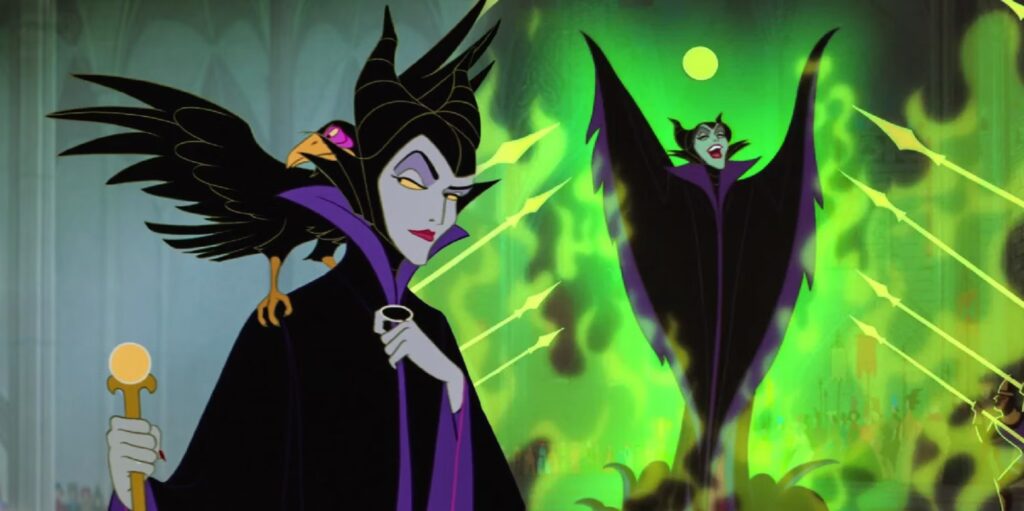
Maleficent is one of the most iconic Disney villains, known for her wicked curse upon Princess Aurora. However, her motivations extend beyond mere jealousy or spite; her backstory reveals deep resentment towards King Stefan and a desire for revenge.
Scar (The Lion King)
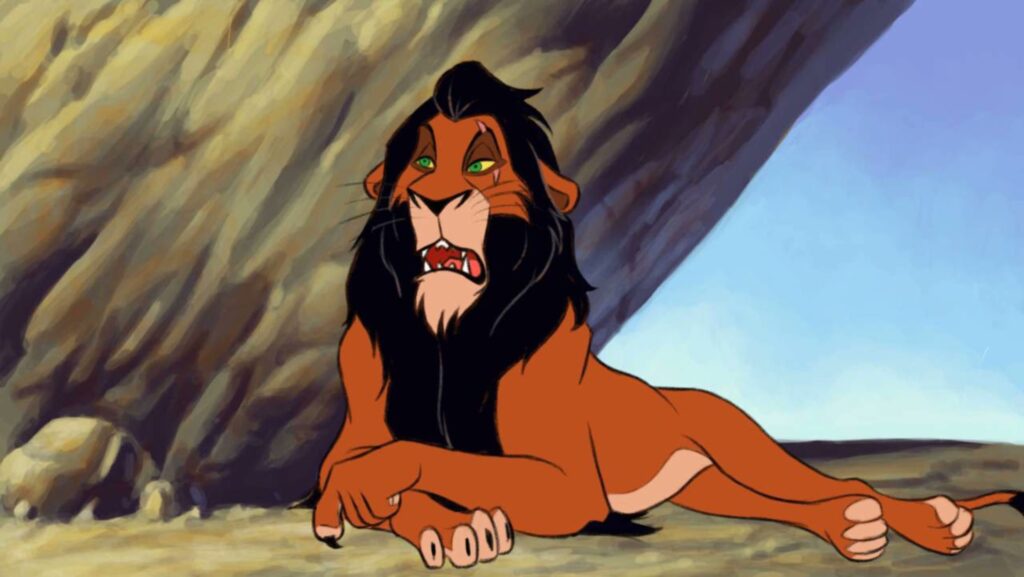
Scar’s motivations in “The Lion King” are driven by jealousy, resentment, and a thirst for power. His tragic backstory and feelings of inadequacy compared to his brother, Mufasa, add complexity to his character.
Magneto (X-Men: The Animated Series)
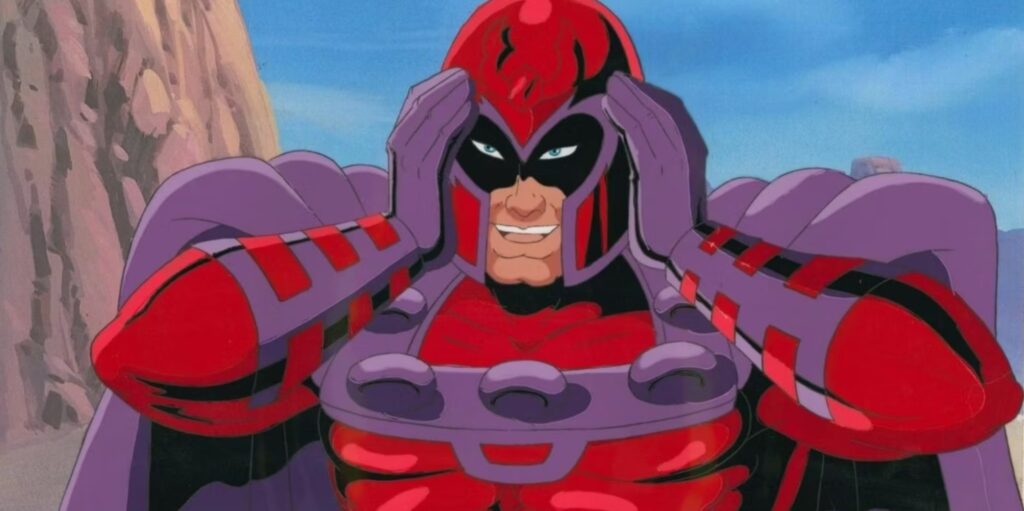
Magneto is a prime example of a complex villain whose motivations are rooted in his traumatic past as a Holocaust survivor. His belief in mutant superiority and desire to protect his fellow mutants, albeit through extreme measures, make him a morally ambiguous antagonist.
Zuko (Avatar: The Last Airbender)
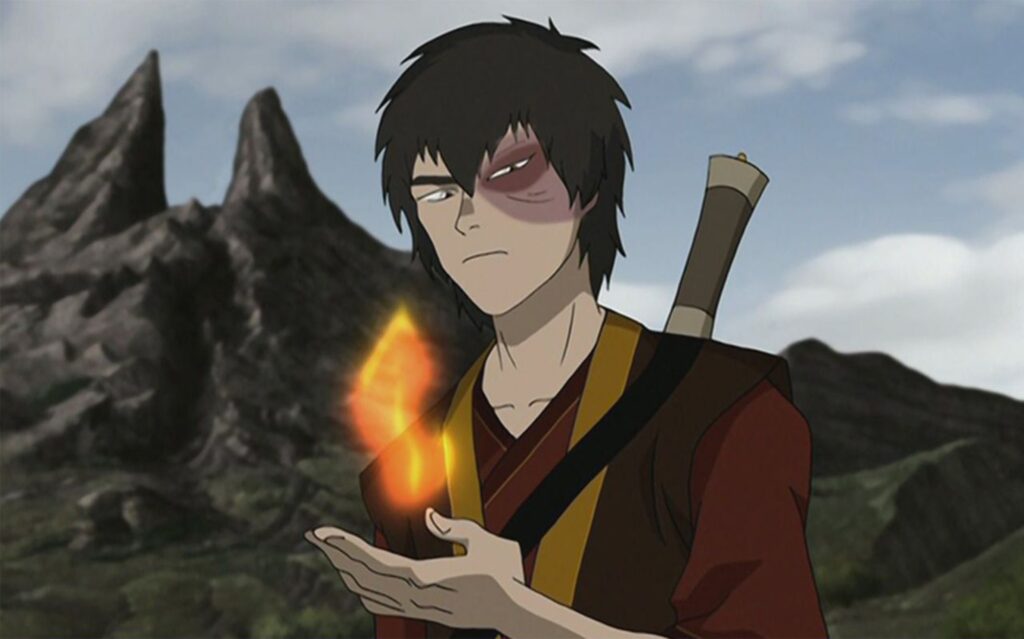
Initially introduced as the main antagonist in “Avatar: The Last Airbender,” Zuko undergoes a remarkable character arc that sees him grappling with issues of identity, honor, and redemption. His internal struggles and eventual transformation into an anti-hero make him one of the most compelling characters in the series.
The Joker (Batman: The Animated Series)
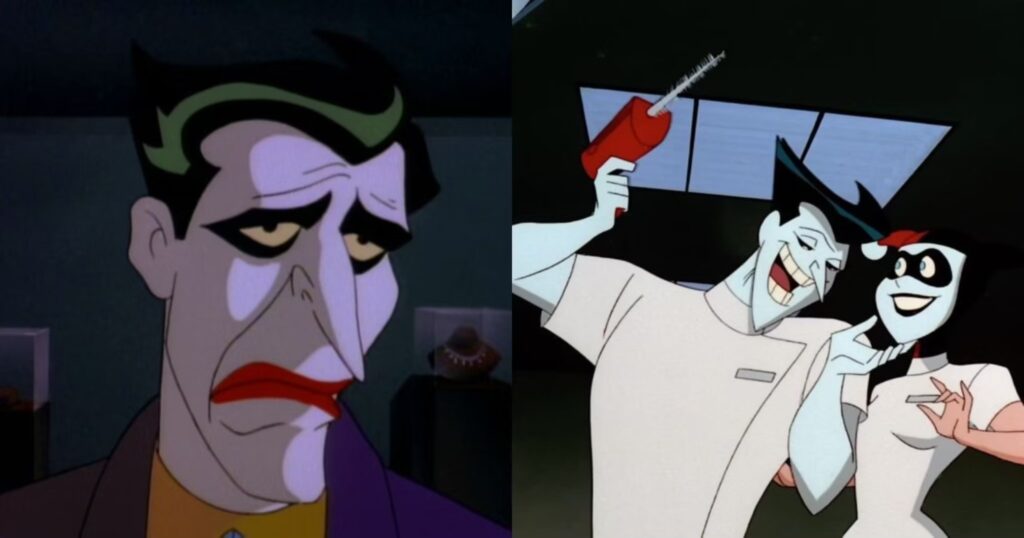
The Joker’s motivations are often shrouded in mystery, but one thing is clear: he thrives on chaos and anarchy. His unpredictable nature and nihilistic philosophy challenge Batman physically and psychologically, making him a formidable adversary.
Syndrome (The Incredibles)
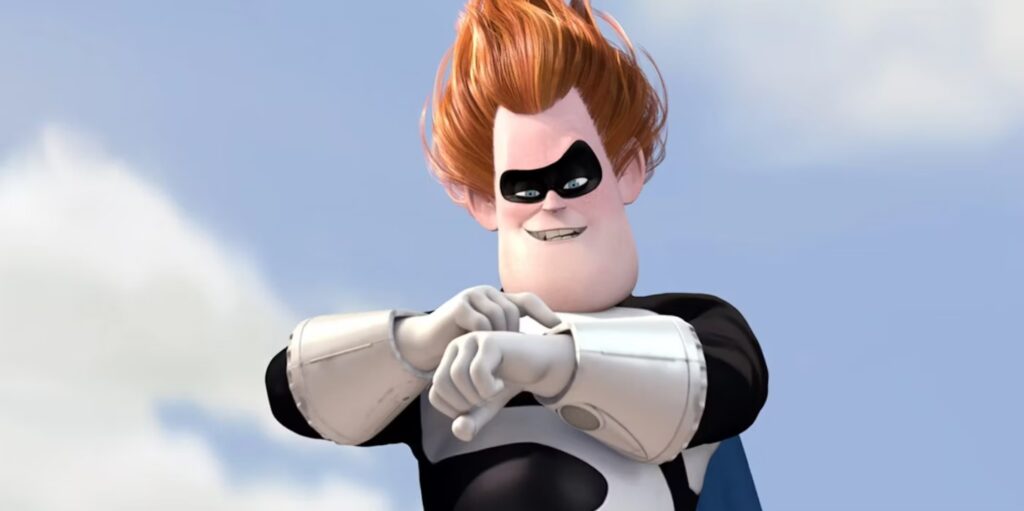
Syndrome’s motivations stem from a deep-seated desire for recognition and validation. His resentment towards superheroes and obsession with proving himself as their equal drive his criminal actions, adding a layer of tragedy to his character.
Hades (Hercules)
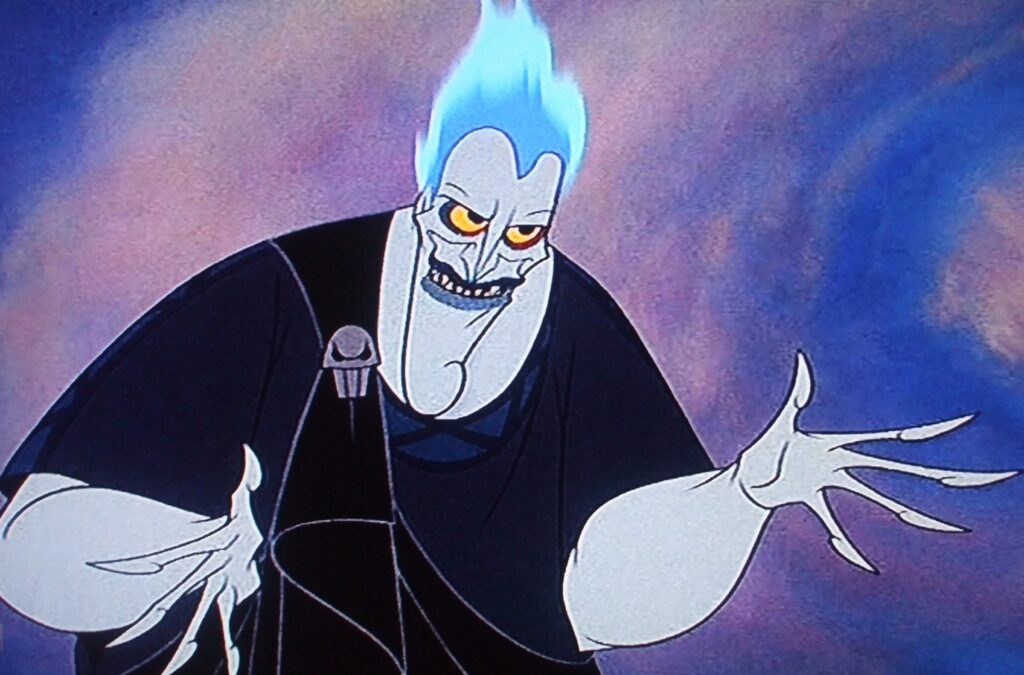
Hades’ motivations in “Hercules” are driven by his desire for power and control over the underworld. Despite his comedic portrayal, his witty personality and charismatic demeanor make him a memorable villain.
Ursula (The Little Mermaid)
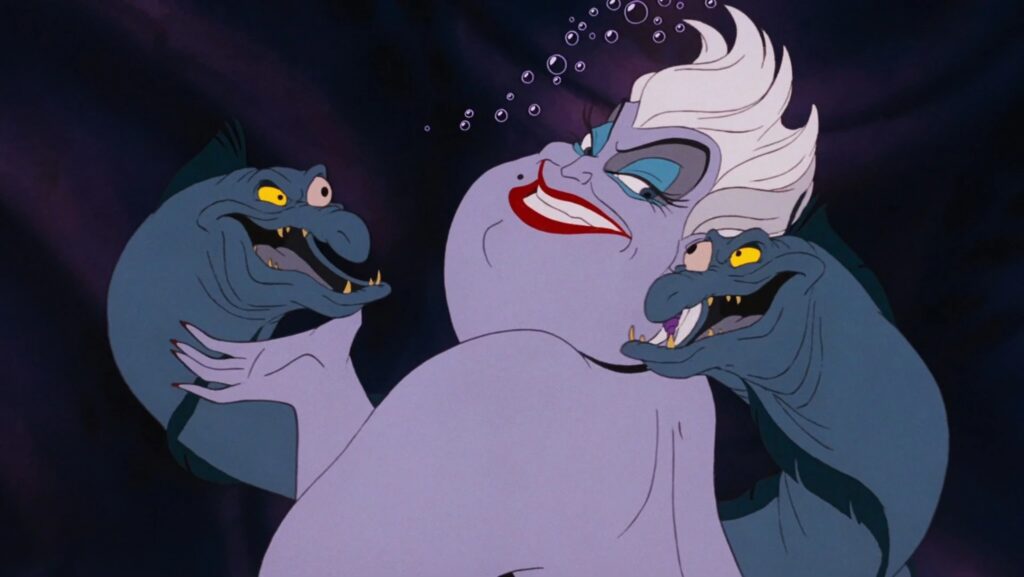
Ursula’s motivations in “The Little Mermaid” are rooted in her thirst for power and control over the underwater kingdom of Atlantica. Her manipulative tactics and cunning nature make her a formidable foe for Ariel and the other characters.
Amon (The Legend of Korra)
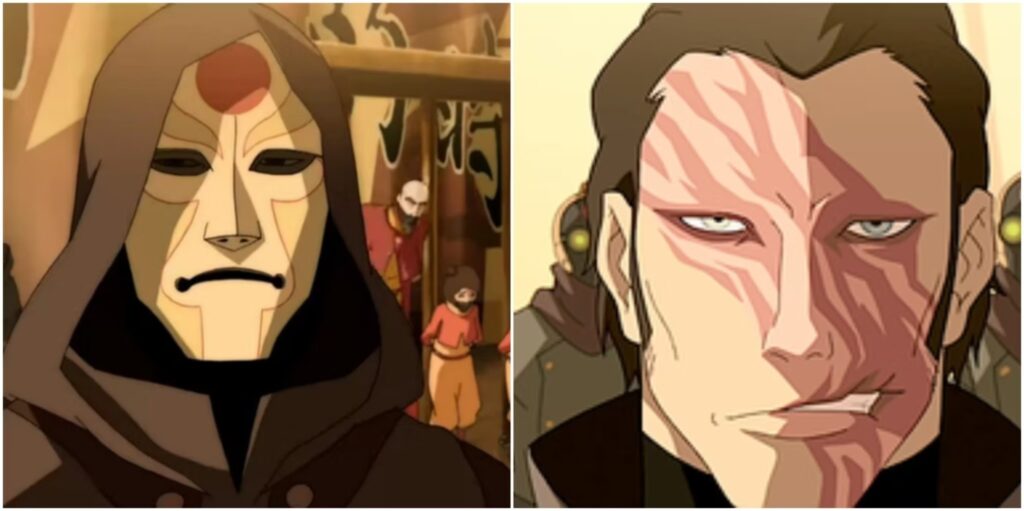
Amon’s motivations in “The Legend of Korra” are driven by his radical ideology of equality for all benders and non-benders. His charismatic leadership and ability to sway public opinion make him a compelling antagonist for Korra and her friends.
Lord Shen (Kung Fu Panda 2)
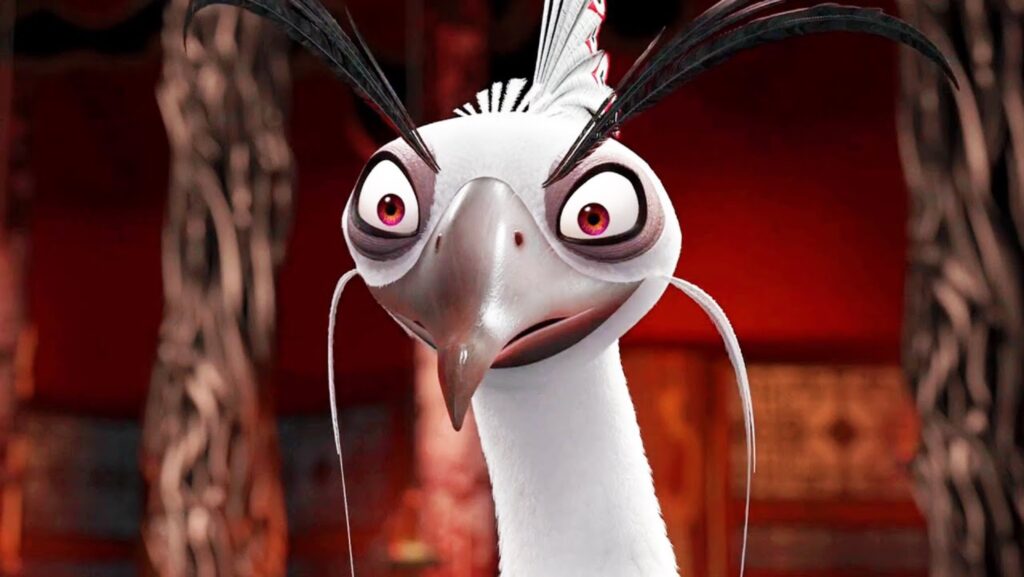
Lord Shen’s motivations in “Kung Fu Panda 2” are driven by his tragic past and obsession with power and control. His ruthless pursuit of dominance and willingness to destroy anyone who stands in his way make him a formidable adversary for Po and the Furious Five.
In conclusion, the best cartoon villains have surprisingly complex motivations that add depth and intrigue to their characters. By exploring themes of revenge, power, and redemption, these villains challenge viewers’ perceptions of morality and provide compelling foils for the heroes they oppose.
FAQs about 10 Cartoon Villains with Surprisingly Complex Motivations
Q: Are all cartoon villains inherently evil?
A: Not necessarily. While many cartoon villains are portrayed as evil, some have complex motivations that make them more morally ambiguous.
Q: Why are complex villains important in storytelling?
A: Complex villains add depth and nuance to the narrative, forcing viewers to consider the motivations behind their actions and challenging traditional notions of good and evil.
Q: Can villains be sympathetic?
A: Yes, villains with relatable or sympathetic motivations can evoke empathy from the audience, blurring the lines between hero and villain.
Q: Do all cartoon villains undergo character development?
A: No, not all cartoon villains undergo character development. However, those that do often become more compelling and memorable.
Q: Are there any real-life examples of complex villains?
A: Yes, many real-life figures have been portrayed as complex villains in literature, film, and television, reflecting the complexities of human nature.
This post was created with our nice and easy submission form. Create your post!




One Comment